Sony Cyber-shot DSC-TX7
-
-
Written by Gordon Laing
Sony Cyber-shot DSC-TX7 vs Canon Digital IXUS 210 / PowerShot SD3500 IS High ISO Noise
|
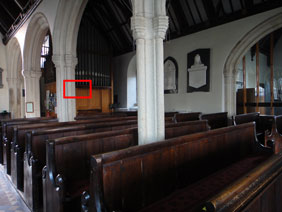 | To compare noise levels under real-life conditions we shot this scene with the Sony Cyber-shot DSC-TX7 and the Canon Digital IXUS 210 / PowerShot SD3500 IS within a few moments of each other using their best-quality JPEG settings and at each of their ISO settings. The lenses on both cameras were set to approximate the same field of view; the Sony crops are larger due to its lower resolution. |
The above shot was taken with the the Sony Cyber-shot DSC-TX7 in Program Auto mode with the lens at a wide angle setting of 4.43mm (25mm). The exposure was 0.4 of a second at f3.5. The crops are taken from the area marked with the red rectangle and presented below at 100%.
Given the claims Sony makes for its Exmor R CMOS sensor, we were a little underwhelmed by the Cyber-shot TX7’s high ISO noise performance. While it’s true there’s little evidence of noise at the low and middle range sensitivities, the degree of detail in these crops is also quite poor and more suggestive of aggressive processing than a cleaner signal from the sensor. Let’s start with the 125 ISO crop though which is a good result for the TX7, showing a decent level of detail, little evidence of over-processing and no noisy pixels either.
At 200 ISO it’s a very similar picture, then at 400 ISO something fairly drastic happens and much of the detail in the stone column and the organ panelling is smeared away. At this stage of the game it isn’t going to get any better and at 800 and 1600 ISO the smoothed pixels are punctuated by the return of the noise that can no longer be entirely suppressed at these levels of signal amplification.
Compared with the Canon IXUS 210 / PowerShot SD3500 IS, the Cyber-shot DSC-TX7 does well at the lower ISO settings. Arguably, with 4 million fewer photosites on a similar-sized sensor it ought to, but nonetheless we think that up to and including the 200 ISO crop it produces better results than the IXUS 210 / PowerShot SD3500 IS.
At 400 ISO it’s roughly neck and neck: the TX7 crop is softer and the Canon is granier with more detail, but it’s really a question of what you prefer. Beyond that it’s noise and blurriness wherever you look, but at least the Cyber-shot TX7 offers a 3200 ISO mode. That said, Canon’s Low Light mode produces a 3.5 Megapixel image which is an improvement on what either camera produces at 1600 ISO at full resolution.
Note the Sony TX7, and it’s similarly-specced counterpart the HX5, both sport Handheld Twilight and Anti Motion Blur modes, which grab six frames in quick succession, and stack them to reduce visible noise or camera-shake. We tested these in the main section of our review, but realise many of you would also like to see how they compare in our High ISO Noise results. We’ve done this in our HX5 review, along with providing detailed reports on both the Handheld Twilight and Anti Motion Blur modes, so if you’re interested in their potential benefits, please check out our Sony Cyber-shot HX5 review for more information.
In the meantime, head over to our Sony Cyber-shot DSC-TX7 gallery to see some more real-life shots in a variety of conditions.
Sony Cyber-shot DSC-TX7 |
Canon IXUS 210 / PowerShot SD3500 IS | |
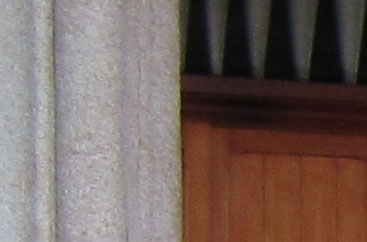 | ||
Unavailable |
80 ISO | |
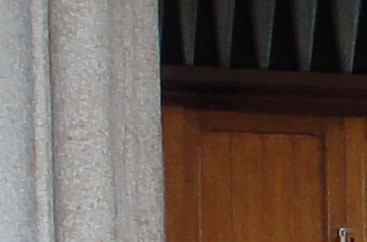 | 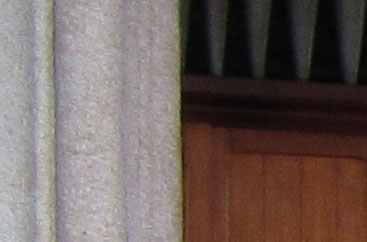 | |
125 ISO |
100 ISO | |
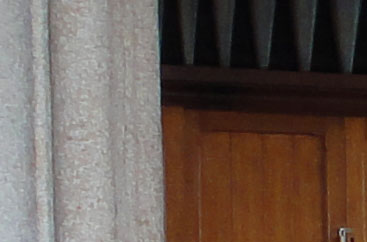 | 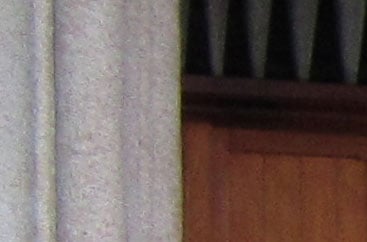 | |
200 ISO |
200 ISO | |
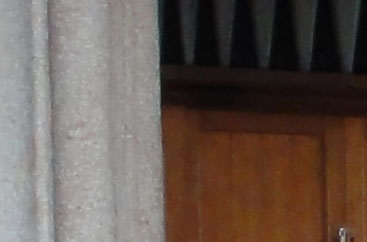 | 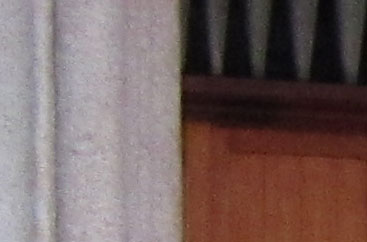 | |
400 ISO |
400 ISO | |
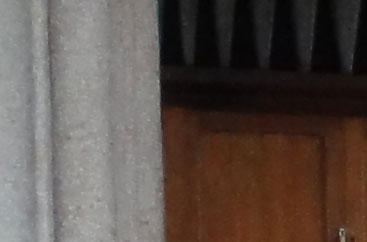 | 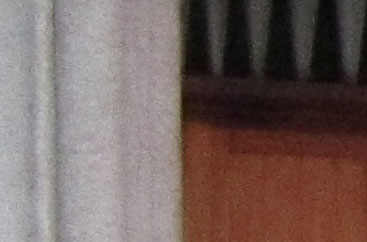 | |
800 ISO |
800 ISO | |
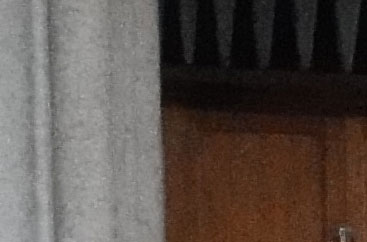 | 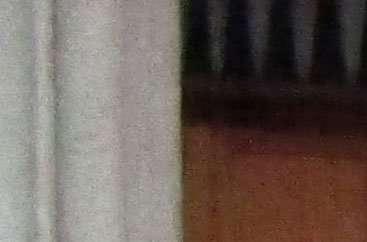 | |
1600 ISO |
1600 ISO | |
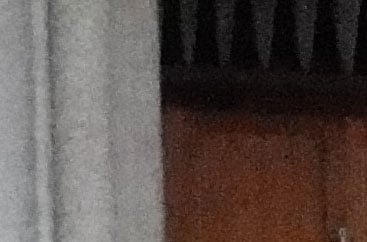 | 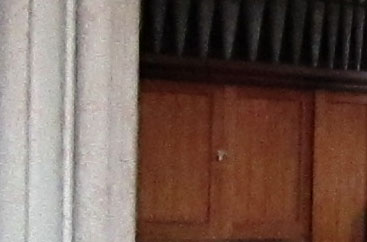 | |
3200 ISO |
Low Light mode (1600 ISO at 3.5 Megapixels) |





